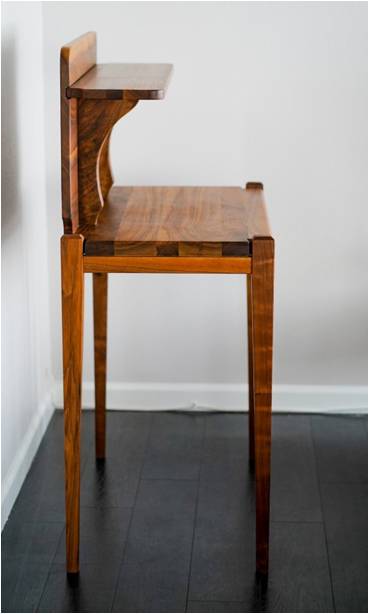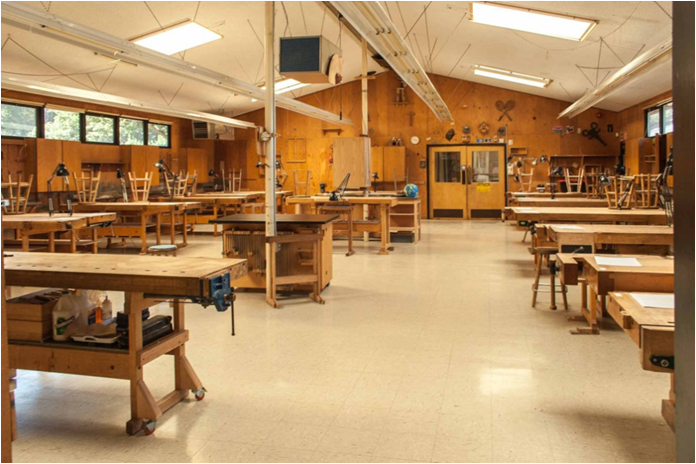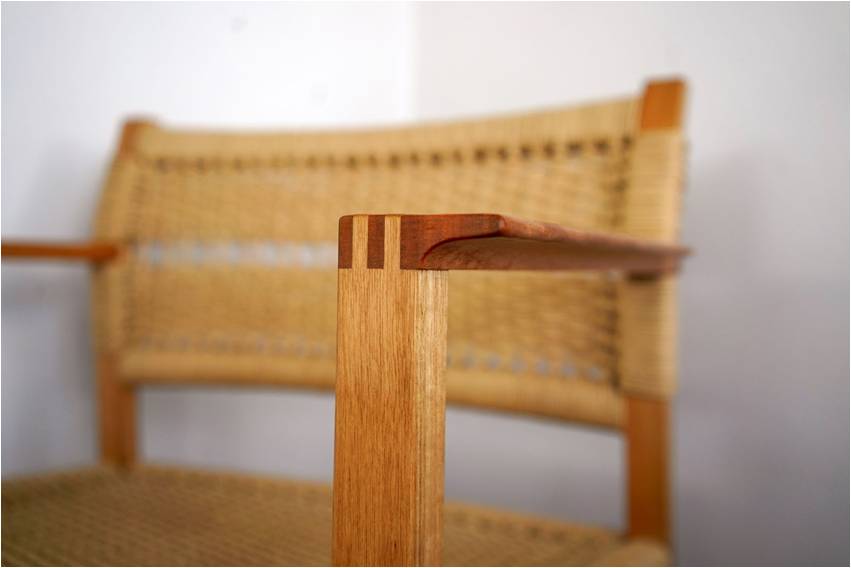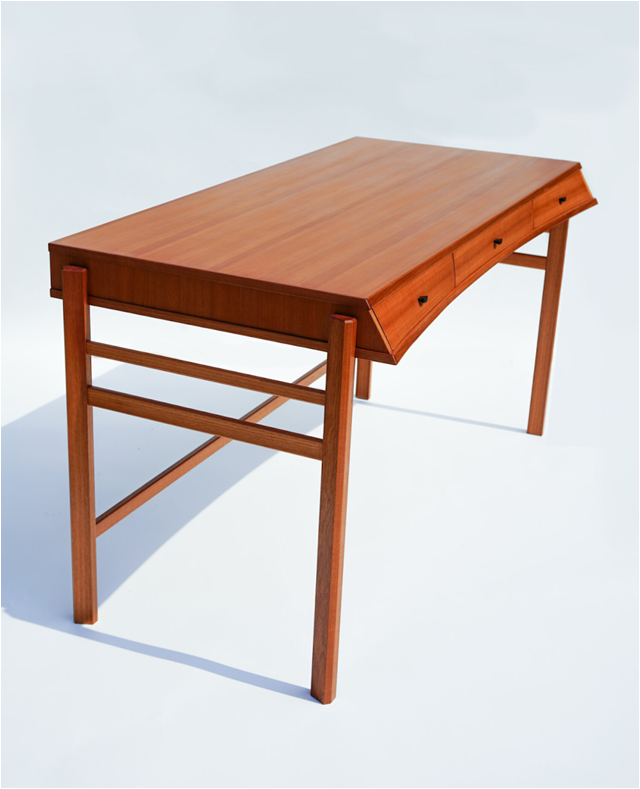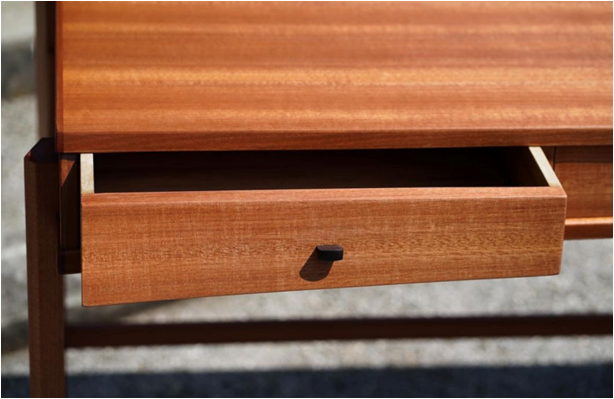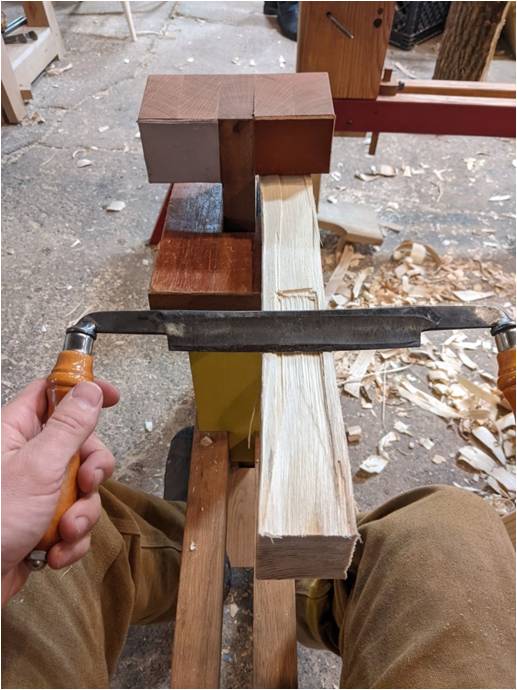Newsletter June 2022
President's Message
A Musical Interlude
This month I thought we would start with a little - it is not uncommon at some meetings music and it is woodworking related of course.
Play the music
According to Wikipedia the Musical Saw was first used by Clarence Mussehl Back in America, around 1919, Clarence Mussehl, the first professional musical saw manufacturer, began experimenting with thinner steel and changes in width, creating a saw capable of producing approximately 16-20 notes. He was the first to develop thinner more malleable steel capable of better resonance and vibrato.
Apparently "as we all know" a saw sounds like a Flexatone or Fleximetal which is a modern percussion instrument (an indirectly struck idiophone) consisting of a small flexible metal sheet suspended in a wire frame ending in a handle. Used in classic cartoons for its glissando effect, its sound is comparable to the musical saw
Note: For any virtuosos amongst us we will accept saw performances for Show and Tell (but we will reserve the rightr to limit the number of saw performances per meeting in case we are inundated.
(This video is by Caroline McCaskey and has been uoloaded on to YouTube)
Enjoy your woodworking.
Frank Contact at: Frankramsay8@aol.com
Top
June 26th 2022 BAWA Hybrid Meeting
The meeting was called to order by President Frank Ramsay
Guests:Dave Vadasz, Roman Chernikov, Joe Ashear and Aziz Khiat
Announcements:
Paul announced that the next meeting will be Sunday July 17th
He is working on getting a speaker for the July meeting.
(Since the meeting Paul has announced it wil be Morgan Strickland)
About Morgan Strickland
BAWA picnic on Sunday August 21st at Twin Pines Park in Belmont.
Stan Broker brought in sandpaper packs, 50 sheets in a pack, $35/pack, and clamp-on guide rails that he is selling for $10 and $20.
He also brought in 12" disc sander sanding discs (50 grit), 400 grit aluminum oxide paper, clock mechanisms, and small brass hinges. All are being donated to the club.
He also brought in 12" disc sander sanding discs (50 grit), 400 grit aluminum oxide paper, clock mechanisms, and small brass hinges. All are being donated to the club.
Top
Tait Detro
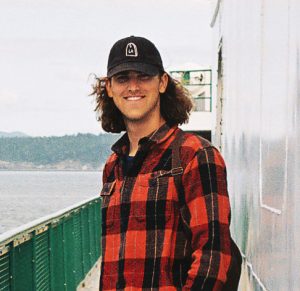
Tate first exposed to woodworking when he worked for his parents who owned a cabinet shop.
As a young adult he joined a coop woodworking group in Los Angeles.

He started out in his family's cabinet shop - began by making skateboards in Junior High and working at the school shop - pursued a skateboard company
with his girlfriend
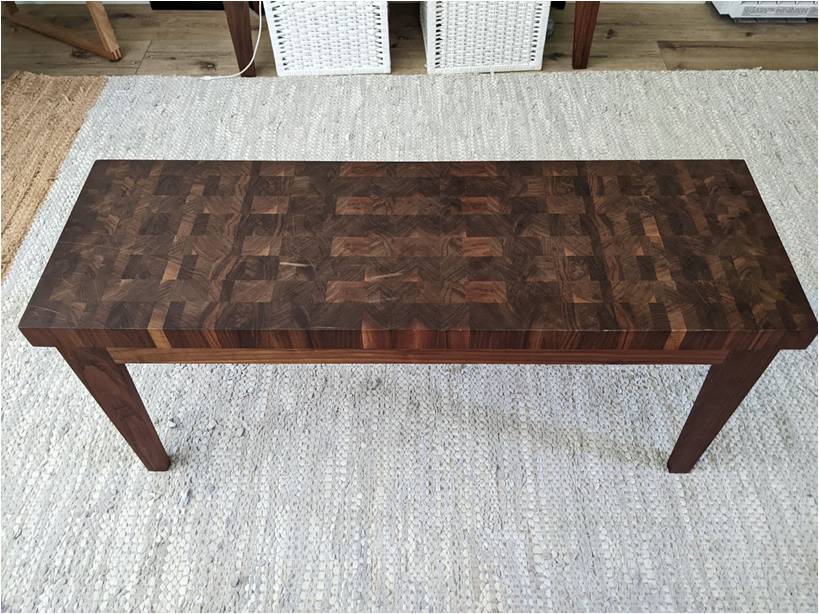
"My first piece of furniture, before knowing anything about joinery - still in use
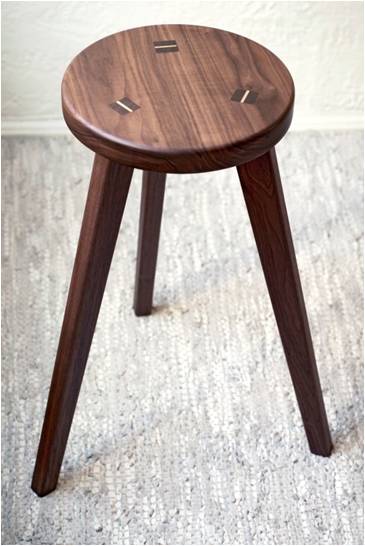
A three edged stool with wedged through tenons. "It was supposed to have foot rests but I couldn't figure out the geometry"
